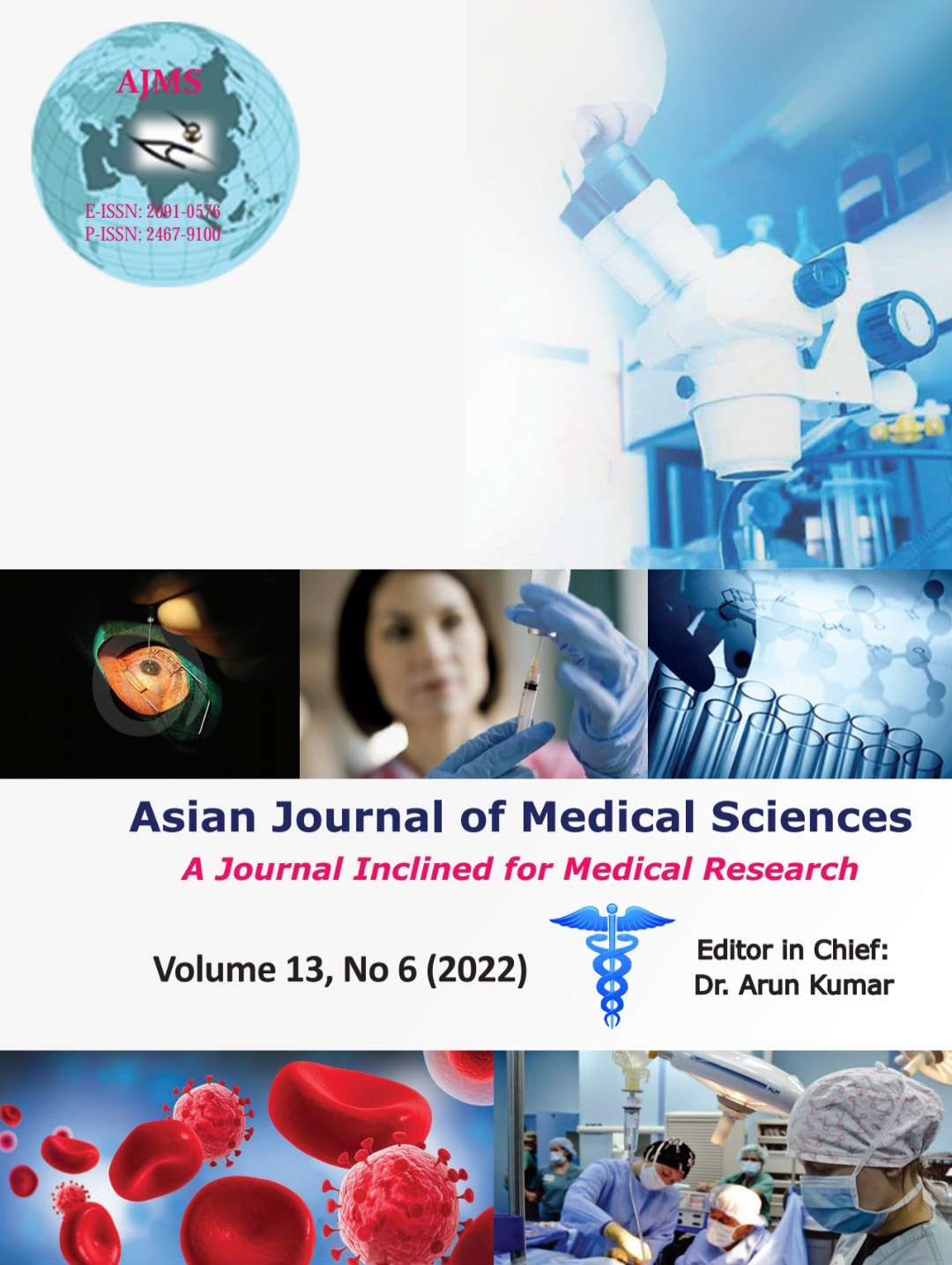Attenuation of cardiovascular responses to laryngoscopy and intubation –A comparative study between IV esmolol hydrochloride and lignocaine hydrochloride
Keywords:
Esmolol, General anaesthesia, LignocaineAbstract
Background: Laryngoscopy and tracheal intubation are frequently associated with sympathetic stress response. Lignocaine and esmolol are useful to decrease the sympathetic response to laryngoscopy and intubation.
Aims and Objectives: The aim of the study was to study the effectiveness of lignocaine and esmolol administered intravenously before laryngoscopy and intubation in attenuating the sympathetic response.
Materials and Methods: The prospective, randomized, and controlled study was conducted in Maharajah’s Institute of Medical Sciences Hospital for a period of 18 months from January 2016 to June 2017. A clinical comparative study of attenuation of sympathetic response to laryngoscopy and intubation was done in 90 patients posted for elective surgeries. The sample size estimation is calculated based on findings from the previous study done by Singh et al., (2013).Group I was control group. In this group, no drug was administered. Group II was lignocaine group. Here, patients received 1.5mg/kg lignocaine i.v. bolus. Group III was esmolol group. All patients in this group received 2mg/kg i.v. bolus. Statistical Analysis: Descriptive data presented as Mean±SD and in percentage. Pair-wise comparison between the groups was done by “Z” test. For all tests,“Z” value of >1.96 was considered significant and “P’ <0.05” was considered significant.
Results: Esmolol at a bolus dose of 2mg/kg i.v. administered 3 min before laryngoscopy and intubation is more efficient than lignocaine given at a dose of 1.5mg/kg.
Conclusions: Esmolol at bolus dose of 2mg/kg i.v. administered can be recommended to attenuate sympathetic responses due to laryngoscopy and intubation.
Downloads
Downloads
Published
How to Cite
Issue
Section
License
Copyright (c) 2022 Asian Journal of Medical Sciences

This work is licensed under a Creative Commons Attribution-NonCommercial 4.0 International License.
Authors who publish with this journal agree to the following terms:
- The journal holds copyright and publishes the work under a Creative Commons CC-BY-NC license that permits use, distribution and reprduction in any medium, provided the original work is properly cited and is not used for commercial purposes. The journal should be recognised as the original publisher of this work.
- Authors are able to enter into separate, additional contractual arrangements for the non-exclusive distribution of the journal's published version of the work (e.g., post it to an institutional repository or publish it in a book), with an acknowledgement of its initial publication in this journal.
- Authors are permitted and encouraged to post their work online (e.g., in institutional repositories or on their website) prior to and during the submission process, as it can lead to productive exchanges, as well as earlier and greater citation of published work (See The Effect of Open Access).




